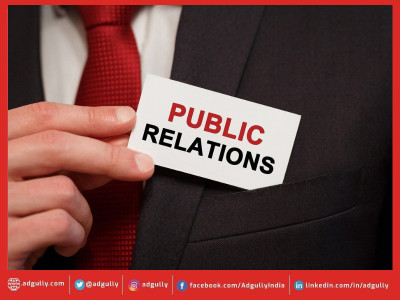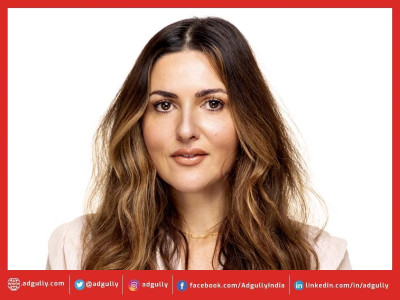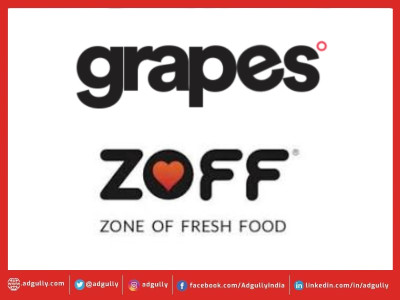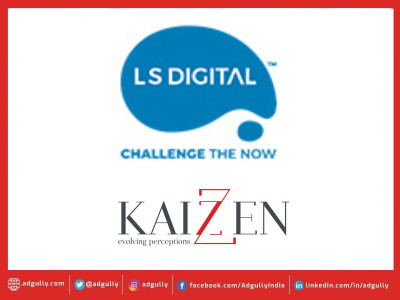PR industry in India needs to get out of its comfort zone: Barri Rafferty
This may be Barri Rafferty’s first trip to India, but she has a firm understanding of the PR industry in the country. As Global CEO of Ketchum, Rafferty is the first woman to lead a top global public relations firm. She has rebranded Ketchum since she became CEO and re-launched Ketchum Digital under the agency’s first shareholder model.
In a special interaction with Adgully, Barri Rafferty had a lot to share on the changing dynamics of the PR industry in India as well as globally, her vision for Ketchum India, creating and building on brand trust, crisis handing in a digital world and much more.
How do you view Ketchum’s growth in India?
We have really worked to transform the agency to become a stronger communications consultancy. We are looking at expanding our business from media relations to diversified customer and consumer relations across every consumer channel available today. I have spent time with our digital and social team and I think that’s a growth area for us as we continue to become much stronger visual storytellers and also leverage all the channels – be it Facebook, Twitter or Instagram. We want to make sure that we are communicating and reaching our consumers wherever they are interacting.
What are your focus areas in India?
In India, we would be focusing on diverse industries – Financial services, Technology, Health and other areas. We are also investing in more digital and social talent, and influencer management and influencer engagement is also a growing area for us.
The PR industry here needs to get out of its comfort zone and embrace social, digital, influencer, and analytics in a different way. I think there is a great opportunity for the discipline to evolve here and to be really more critical to business results.
Compared to the global markets, what are the challenges that are specific to India?
Certain markets, particularly India and China, have much more of diversity, the make up of their population, different languages and culture to overcome, which makes it harder to be consistent in the market.
With India rapidly growing as a mobile-first country, you have an opportunity to leapfrog some markets and shift to social and digital and have a great impact on how you are delivering on communications in this market.
A crisis can happen anytime, and the news soon hits the markets, which impacts the brands. Therefore, we have to monitor and do social listening on what's happening in the market on a real time basis. Whenever a crisis starts to bubble, a yellow alert needs to be issued, which will brands time to prepare to face that crisis and respond quickly.
How would you define PR’s role in today’s digital world?
The way we look at communications is that earned media is at the core of everything that we do. But earned media today can be through influencers and bloggers, it can be through traditional media, and it can be direct-to-consumer and customer through lots of our own channels. Truthfully, what we believe is that 360 degree communications is going to be critical. Often, it actually starts with the company’s employees and have them on board and be ambassadors for your brand today.
How is PR helping brands tackle issues like brand safety, trust and transparency in today’s market ecosystem?
Trust is critical, particularly today, as the new generation is looking to align its own values with the company values. We are telling our clients to make sure that they are authentic in their communication, because that openness is critical today both for the C-Suite and the brands. The purpose today often means adding societal value and giving back for the long term, and creating that emotional connection with the brand. Companies with purpose and value have greater results over time because they have more brand loyalty.
How are you advising brands to effectively use regional languages?
Regional languages are very important, but what can transcend that are great visuals, because it is difficult to convert everything. We are looking at a lot of great videos, photographs, graphic design – things that you can look at and can convey if it’s not exactly in your language.
How is PR using sophisticated monitoring and analytics tools for effective communication?
Analytics is a big part of our business – both in the front end to identify the audience, segmentation, path to purchase, who are engaging with products, and on the backend to identify the right insights to measure it. We can also identify what messaging is working most effectively, which influencers are actually having the greatest influence and impact. We talk about influencers and agencies as left brain and right brain, but we need to work both parts of our brain to deliver the best results.
How do you address the rapidly diminishing attention spans?
What is scary is that attention spans today could be as less as 7 seconds or even lesser. I think this is going to force communicators to communicate in sound bytes – whether it is the right words or headlines or is search engine optimised – to really make sure that we are getting attention. On the other hand, sometimes we see that if a long form content is engaging enough, it can work as well as short form content. With platforms like TikTok, we have to be versatile in our communications.
How can PR help brands address the issue of fake news?
I think we are seeing two things happening. For the first time there is more trust in the brands than in the media around the world. How brands are creating their own authentic voices is critical. This means, they have to communicate directly and building followership and trust and put out their side of the story very fast. Secondly, clients need to be encouraged to build strong relationships with influencers who can be their brand ambassadors. In case of a crisis situation, the best place to correct it is to have third parties come in and help the brand change the story and narrative. Therefore, these relationships need to be built up on a continual basis.
In a crisis situation, what kind of course correction is needed?
Commitment to purpose is crucial – it is not just quick in and out CSR campaigns anymore, but real commitment to driving societal change. Brands that have a bigger halo effect and build that emotional connection are going to be perceived as better. Speed of response to the crisis also matters a lot. How you put yourself out there as a company has a huge impact on how you can change perception and how you can deal with things.
Where do you see PR as a function headed?
The PR discipline is valued more today. The key is going back to leveraging analytics with the left brain and being extremely creative with the right brain to get that attention and making sure that we are using every piece of that communication cycle on behalf of our clients. It is much more complicated than before. So it's going to force us to understand the deep business and industry expertise of our clients and all our communications expertise and weave it across.
We have a lot of technology now like AI to help you identify micro-influencers and you have to match them with the brand.
We need to continue to train not only in media relations, but also to make sure that we are reaching podcasters, bloggers, newspapers, etc. Another area where a lot of training is being imparted is visual storytelling, because so many of our people came into the business as really strong writers.
I believe communications is actually becoming better known in the ‘C-Suite’ today. The CCO can often be the conscience of a company, because they can keep the company on track and actually keep the long tail position of the company as well as the short tail day to day news of the company. What we are seeing is that the C-Suite realises that we are an agile discipline that can move fast and help them on the good days and also on the tough days.
What would be your advice to PR professionals in India?
I would like to tell the industry professionals in India to embrace the change, become stronger visual storytellers and make sure you are committed to understanding the analytics and the business of your clients, and how communications can affect business outcomes. That’s how I think we are going to evolve the discipline to be even more relevant in the market.


















Share
Facebook
YouTube
Tweet
Twitter
LinkedIn